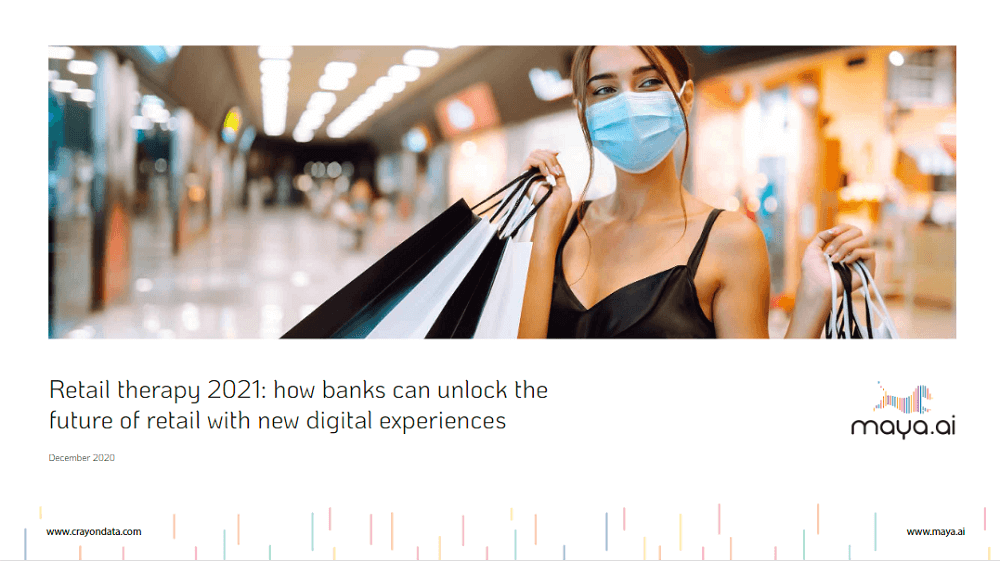The role of big data in the healthcare industry has been growing rapidly in recent years. State-of-the-art analytical tools are being applied to patient medical information in order to extract meaningful health trends and provide timely preventative care. The industry has come a long way in a short period of time, but it wasn’t easy, and it wasn’t by choice.
Federal Laws Promote Advances
There have been two major pieces of legislation that have accelerated the adoption of big data systems by the healthcare industry. First, the American Recovery and Reinvestment Act, passed in 2009, required the adoption and use of electronic medical records (EMR) for all practices and hospitals to continue receiving current levels of reimbursement for Medicare and Medicaid services. While the industry initially resisted the mandate, a majority of providers made the change in time to satisfy the mandate’s deadline of January 1, 2014.
The second legislative act that spurred big data integration was the Patient Protection and Affordable Care Act, which was passed in 2010. The overhaul of the healthcare system that it required included a provision that would change the way the industry looked at IT. The law set up programs that linked Medicare reimbursements to patient outcomes, and away from a fee-for-service based model. It meant that providers had to find a way to provide higher-quality care instead of high-volume care. This is when big data became an invaluable tool in the industry.
The Industry Shifts to Big Data
In order to accommodate the required changes to their legacy systems to satisfy the new legal requirements, hospitals and medical practices invested heavily in PaaS and SaaS solutions to extend their functionality. A report found that 40% of Healthcare providers are increasing their IT budgets to create and maintain systems that allow them to make meaningful use of the patient health data they have accumulated. The systems they’re developing will help them to deliver better care at lower costs.
For example, the Pittsburgh Health Data Alliance has gathered the data from several local healthcare institutions with the goal of providing personalized patient care. They are developing predictive analytics systems that utilize information gathered from medical records, insurance forms, wearable devices, and genetic sampling to determine a patient’s risk of disease and create a custom life-treatment plan to keep them healthy. Doing so will avoid costly diagnostics and allow for a focus on proactive care, rather than reactive care.
The Future of Big Data in Medicine
As the analytical tools that are currently under development become more sophisticated and precise, they will lead to a complete paradigm shift in the industry. Doctors and hospitals will be able to intervene in their patients’ lives to prevent disease and reduce the need for long-term care. It’s also going to allow public health officials to pre-position resources to deal with possible disease outbreaks.
In fact, it’s already beginning to happen. In order to respond to the current opioid addiction crisis, an app has been developed that leverages big data to allow doctors and law enforcement officials to see opioid overdose hotspots in real-time. This is helping hospitals to make sure that Naloxone doses are available for potential overdose patients, and law enforcement to provide resources to try to quell the illicit sale of the drugs. It’s just the tip of the iceberg. Soon, big data will be applied to every facet of the healthcare industry, and we’ll all reap the benefits of better outcomes and more efficient care.

























